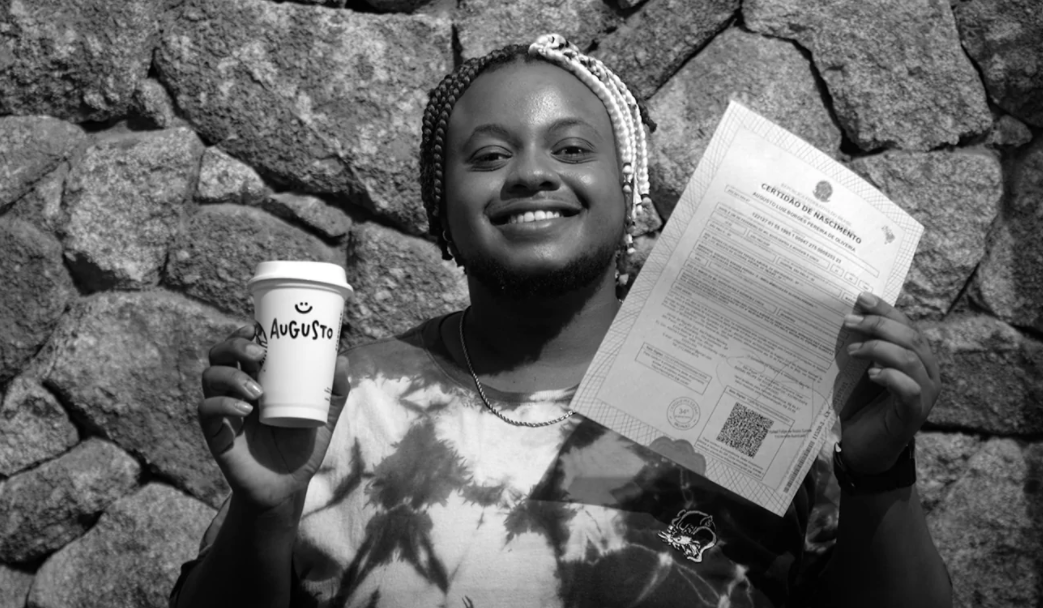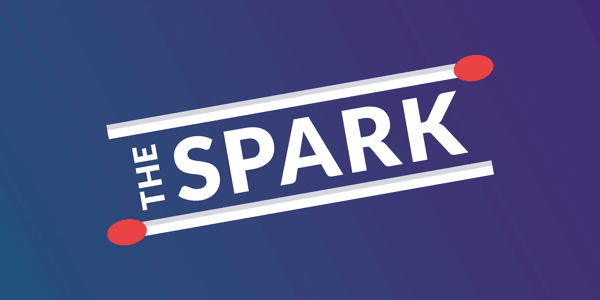C Is for Cookie Until 2023Phew! You could almost hear the collective sigh of relief from marketers after Google announced its decision to delay the removal of cookies until 2023. Cookieless digital marketing may have many advertisers on edge, but this lengthy reprieve is your opportunity to map out a solid plan B.
Where to begin? Take an inventory of your current cookie use to determine how their eventual removal will affect your brand. If you rely solely on cookies to gather information about your website visitors, it’s time to diversify. Create natural avenues to connect with customers and collect first-hand information. Think forms, pop-ups, and content offerings to acquire visitors’ data. And don’t forget keyword targeting. It will also help you attract the right audience. So, scour your SEO practices to see how you can improve your rankings.
Creating more diverse data collection methods now means you’ll keep your connections strong when the changes roll out. Remember, your competitors aren’t taking a back seat during the cookie extension. Stay ahead of the curve by being proactive and building your tracking plan before momma Google puts the digital cookie jar away for good.
TL;DR: Marketers should use Google’s cookie extension to create diverse and effective tracking methods for the internet post-cookie.
“Pancake Cereal” Content Studios
From dance challenges and lifestyle hacks to pancake cereal and whipped coffee, there’s one social channel that still has some marketers mystified — TikTok. Many brands know how to craft an eye-catching Instagram ad and playful Tweet, but some may be less confident when it comes to lip-sync challenges. (Enter TikTok content studios.) Yes, TikTok creators are the next big content marketing opportunity. Why? Gen Z and their more than $143 billion in spending power might have something to do with it.
Here’s the deal: TikTok’s growth trajectory isn’t slowing down. With publishers launching TikTok content studios to provide consulting advice, content production, and influencer services, brands are getting serious about TikTok. If Gen Z is your target audience (or will soon be) it could be the right moment to start thinking about your video and TikTok capabilities. If you’re struggling to build your platform presence, it might be time to fill in the gaps with outside help.
TL;DR: TikTok creators are helping brands get serious about short video content. Brands focused on Gen Z should consider adding it to their arsenal.
LinkedIn: The Industry Go-ToLinkedIn released its Ready for Business 2021 magazine and filled the pages with some solid gold marketing nuggets. Ever wondered if your brand is using the professional platform to post content people actually want to see? Let’s find out.
New data shows that 75% of people are receptive to industry news on LinkedIn. That’s compared to 61% on Twitter and 49% on Instagram, a significant advantage. And these stats solidify LinkedIn as the go-to social platform for all things breaking news.
So, you’ll want to position your brand as a relevant thought leader on the Microsoft-owned network by adding insights to your industry’s latest headlines and breaking down the implications of notable changes. You’ll keep your audience up to date and establish your profile as a reliable source. Bonus: 94% of people trust content on LinkedIn. That means you can grow your business by using effective CTAs that turn consumer trust into consumer action.
You always want to publish the right content on the right platform. And if the majority of the LinkedIn audience is receptive to industry news, find ways to incorporate that into your strategy. Your followers will thank you.
TL;DR: LinkedIn reports that 75% of people are receptive to industry news on the platform. If you’re not posting to the digital forum, you might want to start to build your industry profile and awareness there.
What Lit Us Up
Platforms for ChangeToday, brands don’t just sell products. They promote change. And savvy consumers appreciate and show loyalty to brands that are committed to meaningful change. Two Cannes Lions winners embraced this notion by creating campaigns that make impactful and purposeful statements.
Starbucks spoke against the harassment and intimidation of the transgender community. By turning a São Paulo coffee shop into a notary office, the “I Am” campaign created a safe place for people to change their name for free, without any hassle. Starbucks took actionable steps to alleviate the financial burden of name-changing and promote gender equality.
Libresse, a feminine product producer, found a way to normalize taboo conversations around women's wombs. The #WombPainStories campaign used visual storytelling to touch on miscarriage, periods, pregnancy, pleasure, and menopause. Discussions surrounding these topics are often stigmatized, but Libresse’s campaign acknowledged and advocated for women’s experiences.
When done right, advocacy can be woven into your marketing strategy. But be careful: Consumers can easily sniff out disingenuous marketing efforts. If your campaign ends with your brand as the hero, reconsider your approach. Instead of using issues to build your platform, focus on using your platform to address issues. One way to avoid inauthentic commitments is to embrace causes that naturally align with your mission. By integrating these convictions into your campaigns, you create honest commitments that reflect the core of your brand. Purposeful marketing will connect with consumers and build awareness, but more importantly, it has the potential to bring about real change.
TL;DR: Brands committed to meaningful change can translate their convictions into campaigns. Your brand shouldn’t be the hero of the story, but you certainly can work to change the narrative. (Was this email forwarded to you? Sign up here.)
|
-1.png?upscale=true&width=346&upscale=true&name=Tier%20One%20logo_color%20(1)-1.png)


